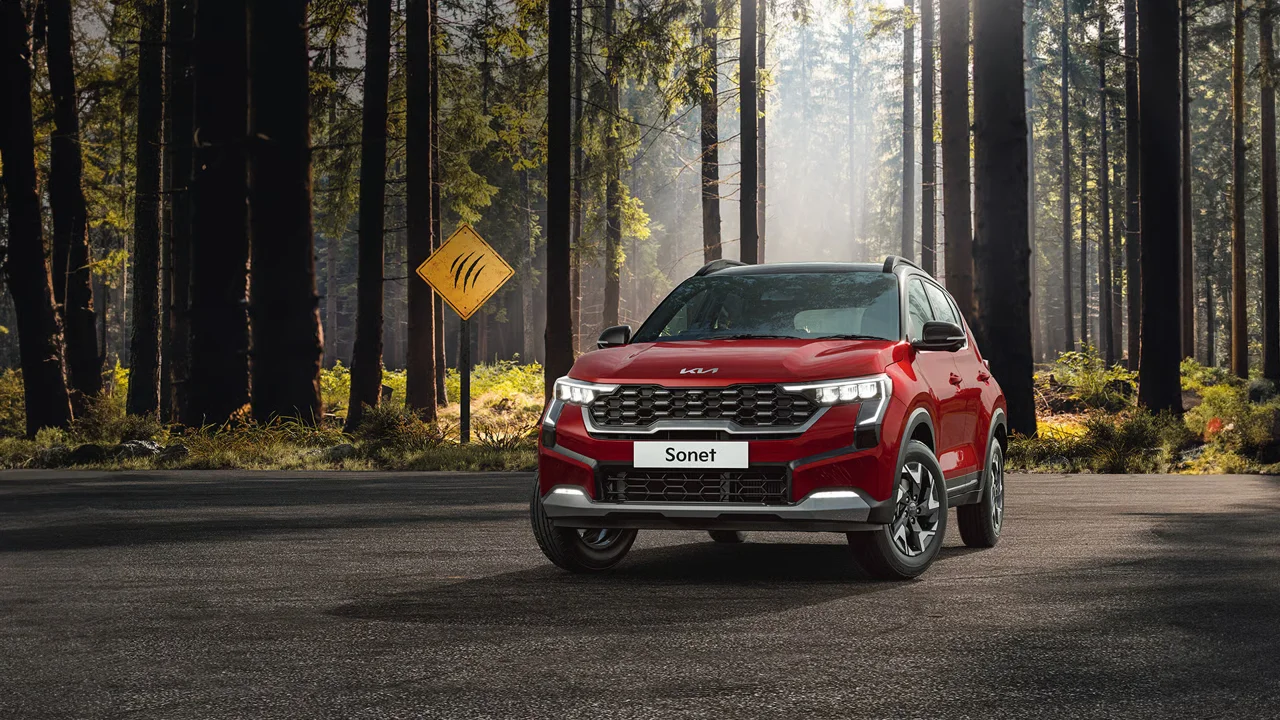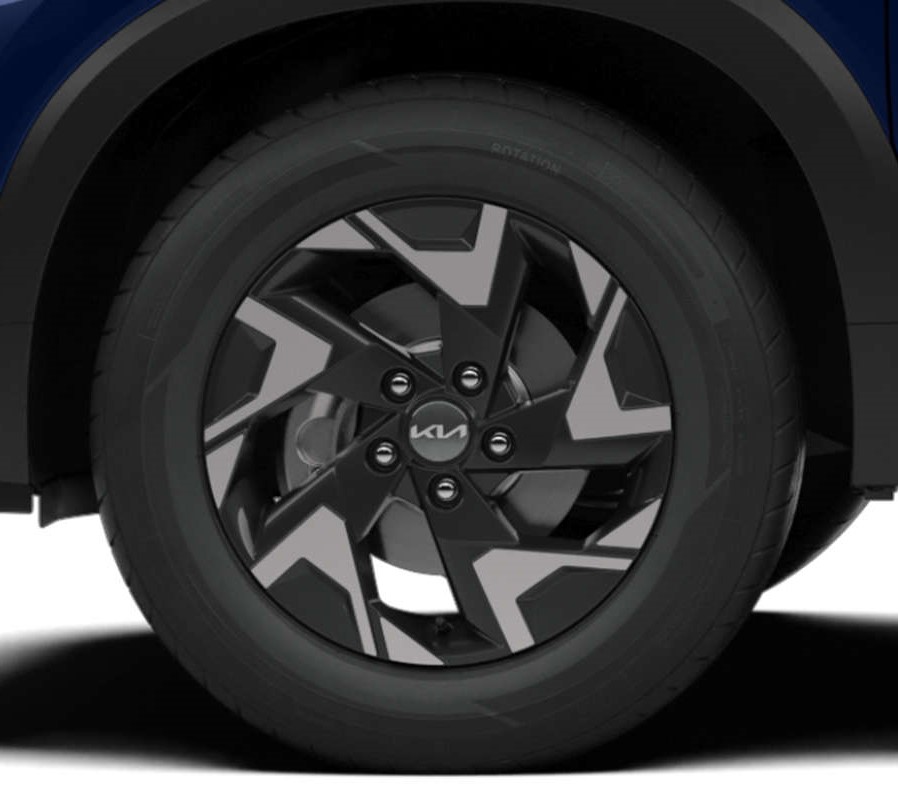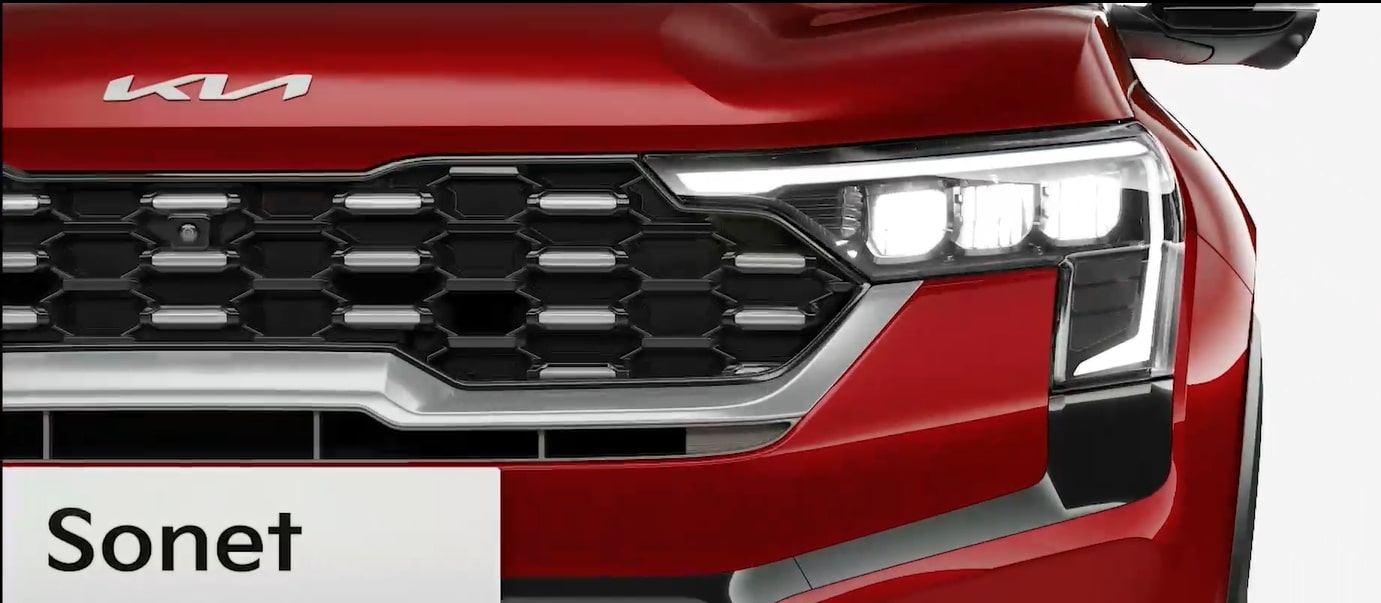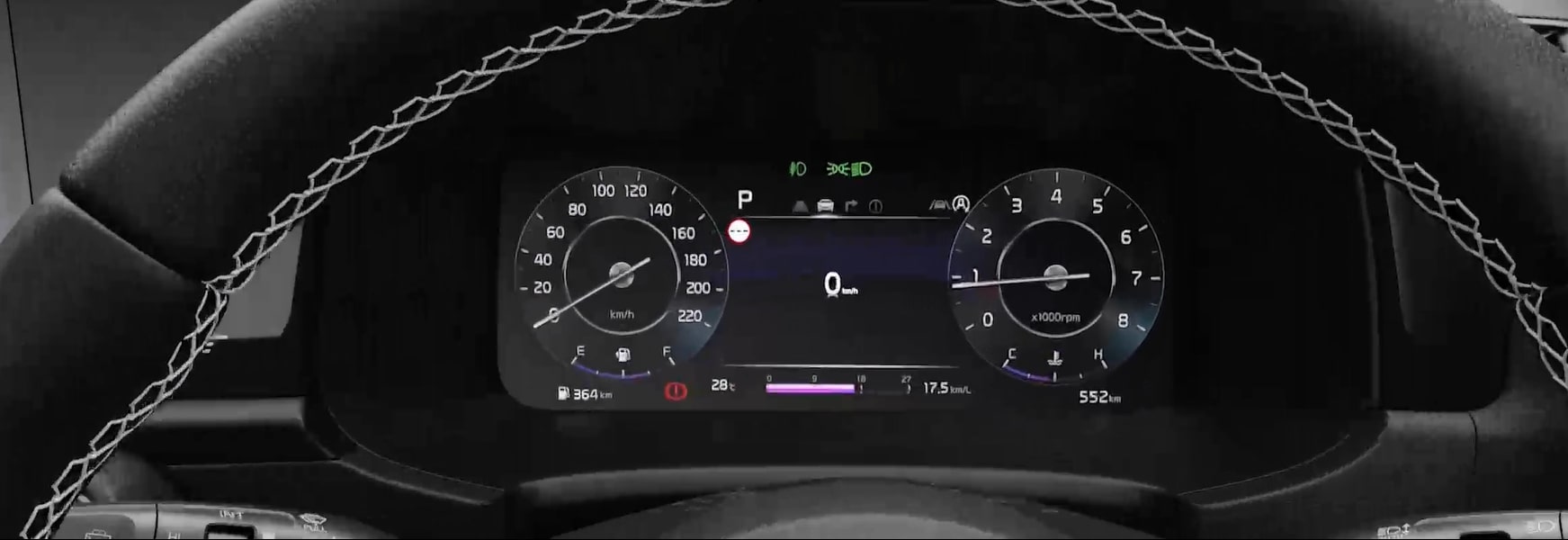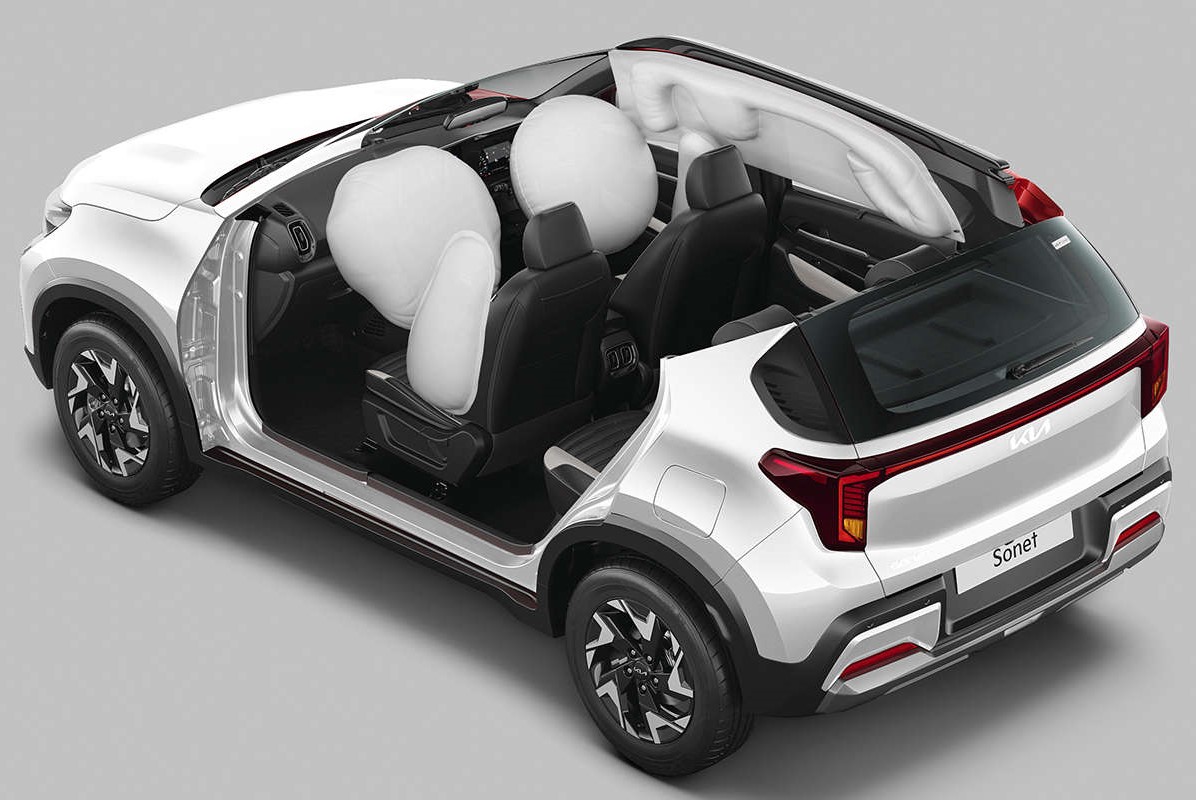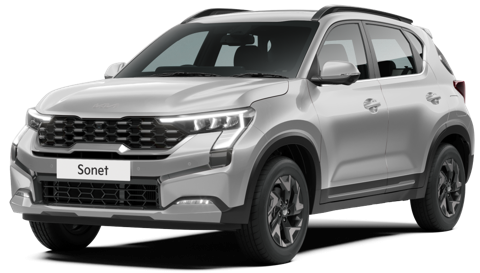Which is better, the Kia Sonet or the Tata Nexon?
Choosing between the Kia Sonet and Tata Nexon depends on individual preferences regarding design, features, performance, and safety. The Sonet is known for its modern design, premium cabin, and advanced technology features, while the Nexon stands out for its safety ratings, spacious cabin, and robust build.

